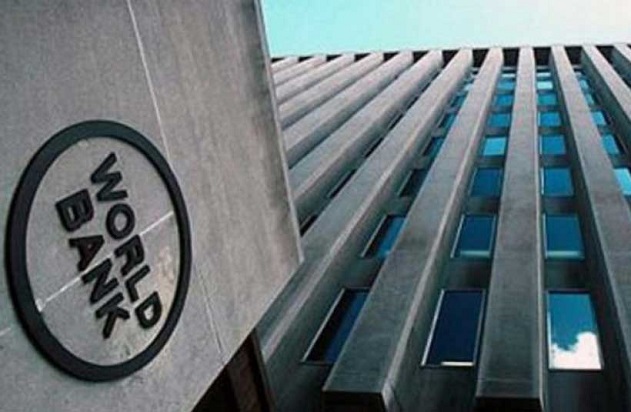Amounts of natural gas burned at oil production sites remain a big problem despite a commitment by oil-producing countries to stop it.
Routine gas flaring is a significant source of Greenhouse gas emissions from upstream oil and gas operations. It is estimated to account for up to 9 per cent of the oil and gas industry’s top emissions, according to new data from the World Bank.
Zubin Bamji, theWorld Bank’s Global Gas Flaring Reduction Partnership Program Manager said that in 2021, 144 billion cubic meters of gas were needlessly flared at upstream oil and gas facilities across the globe. This gas resulted in approximately 400 million tonnes of carbon dioxide (CO2) equivalent emissions globally last year.
“Ending this polluting practice must be central to decarbonization efforts,” Bamji said, adding that not only could the gas wasted displace dirtier fuels and increase energy access in some of the world’s poorest countries, but the world could make significant progress toward the much-needed energy security by utilizing the gas that is currently being flared.
“For example, the volume of gas flared worldwide is greater than the European Union’s 27 member states’ gas imports from Russia” he added. In 2020, the World Bank found that flaring released over 400 million tons of carbon dioxide equivalent emissions into the atmosphere, roughly equivalent to the Green House Gas emissions of around 77 million cars.
The 2022 Global Gas Flaring Tracker Report released on Thursday found that global gas flaring volumes have remained largely static over the last 10 years, plateauing at around 144 billion cubic meters. During this same period, global oil production levels rose slightly before dropping in 2020 due to the impacts of the Covid pandemic, averaging around 80 million barrels of oil per day.
The report produced by the World Bank’s Global Gas Flaring Reduction Partnership (GGFR), shows that seven of the top 10 flaring countries have remained in that position consistently for the last 10 years. They included Russia, Iraq, Iran, the United States, Venezuela, Algeria, and Nigeria. These seven countries produce 40 per cent of the world’s oil each year but account for roughly two-thirds (65 per cent) of global gas flaring.
The remaining three; Mexico, Libya, and China, have shown significant flaring increases in recent years. The top 10 flaring countries on a volume basis, Russia, Iraq, the United States, Nigeria, and Mexico have all committed to the World Bank’s Zero Routine Flaring by 2030 (ZRF)
The initiative commits governments and companies to not routinely flare gas in any new oil field development and to end routine flaring in existing oil fields as soon as possible, no later than 2030. However, over the past decade, only the United States has successfully improved the flaring intensity of its oil production.
According to Global Gas Flaring Reduction Partnership (GGFR), gas flaring is a wasteful practice that burns a valuable energy source that could be used to enhance economic development, provide increased energy security, and potentially displace dirtier energy sources.
The report estimates that the 144 billion cubic meters of natural gas flared in 2021 could have potentially generated some 1,800 Terawatt hours (TWh) of energy, almost two-thirds of the European Union’s net domestic electricity generation.
Uganda has pledged to ensure no flaring as it embarks on the next journey towards producing oil in the Albertine. While countries in the West are urging countries like Uganda to abandon oil and gas developments, many of them still in engage in practices like flaring of gas.
The Global Gas Flaring Reduction Partnership (GGFR) is a multi-donor trust fund composed of governments, oil companies, and multilateral organizations committed to ending routine gas flaring at oil production sites across the world.
–URN





